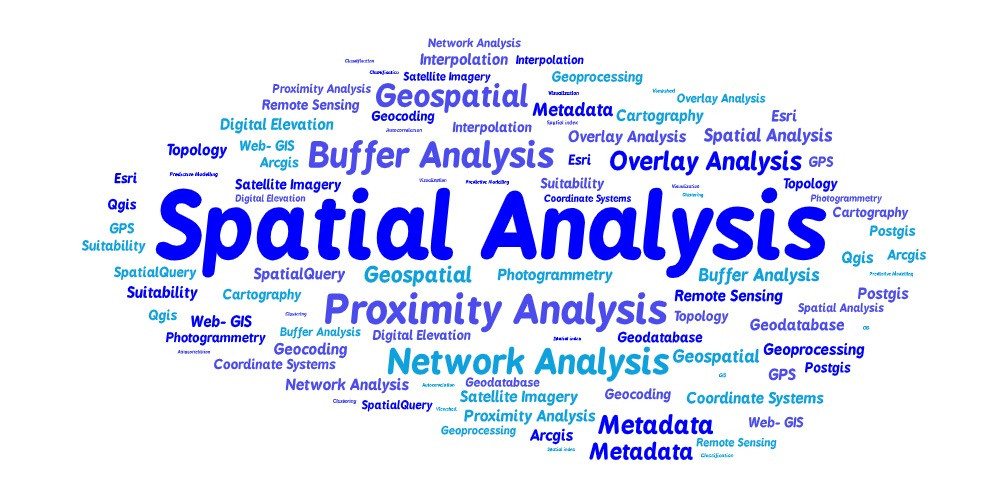
Welcome to GIS 2
Get ready to explore the exciting world of geospatial data. In this course, you’ll learn how to acquire spatial data, solve real-world problems, perform basic vector analysis, and understand the importance of metadata.
This course introduces the theory and practice of basic geospatial analysis, focusing on:
- Data Acquisition – Learn how spatial data is sourced and prepared
- Spatial Problem Analysis – Use GIS to understand and solve real-world issues
- Basic Spatial Analysis (Vector) – Explore how vector data helps analyze patterns
- Metadata – Understand how data documentation supports GIS integrity
What You’ll Learn
By the end of this course, you should be able to:
- Explain spatial file formats and describe how to create/edit GIS layers
- Analyze spatial problems and evaluate GIS-based solutions
- Apply vector-based spatial analysis techniques appropriately
- Define and create metadata using standard formats and assess its quality
Recommended Reading
To support your understanding, the following textbooks are recommended:
-
Principles of Geographic Information Systems, 3rd Ed. (ITC, 2004)
-
Applied GIS and Spatial Analysis, by Stillwell & Clarke (2004)
-
GIS Tutorial II: Spatial Analysis Workbook, by David W. Allen (2009)
-
An Introduction to Geographical Information Systems, by Heywood et al. (2nd Ed., 2002)
-
Principles of Geographical Information Systems, by Burrough & McDonnell (1998)
“Stay afraid, but do it anyway. What’s important is the action. You don’t have to wait to be confident. Just do it and eventually the confidence will follow.” - Carrie Fisher
- Lecturer: Roxanne Murangi
